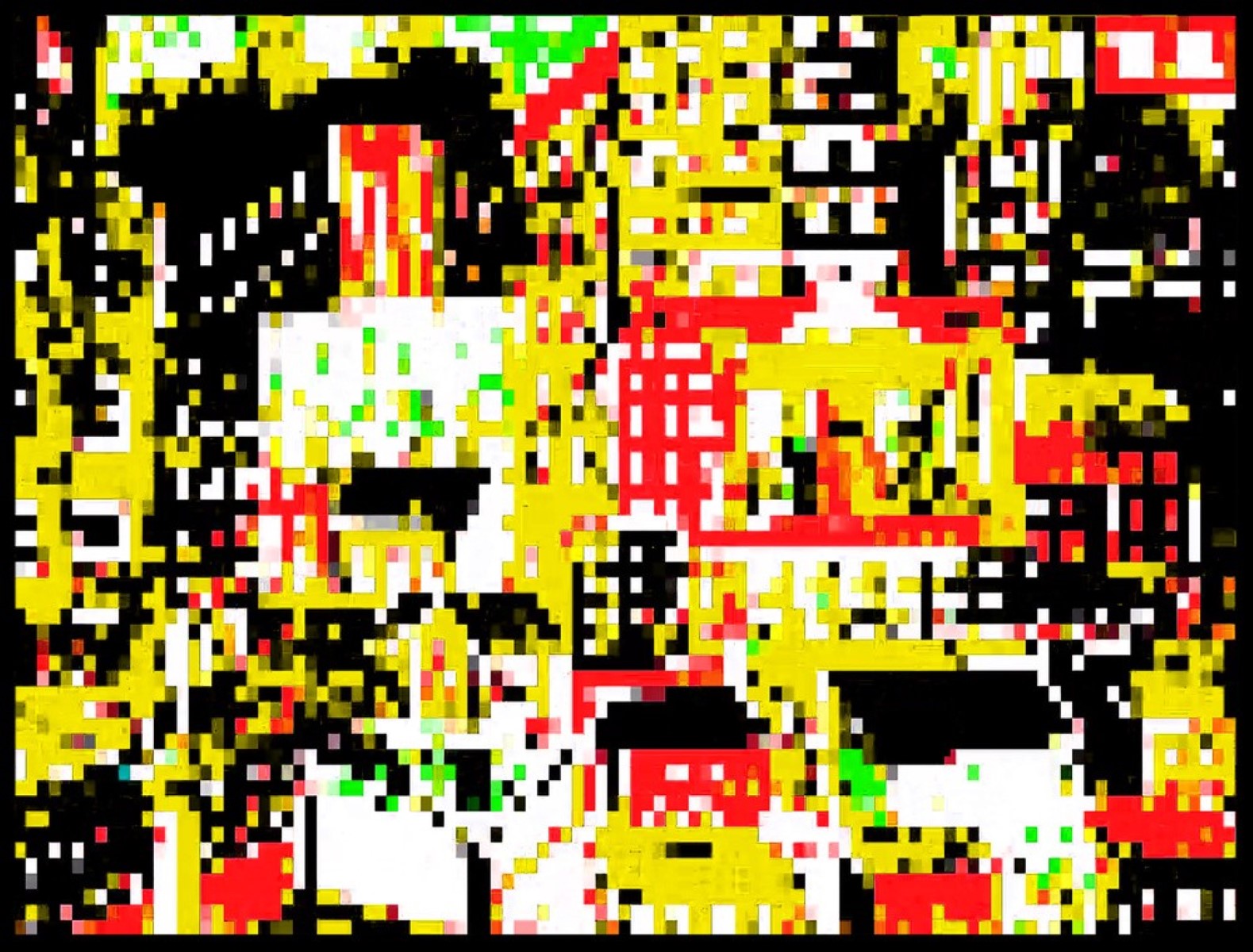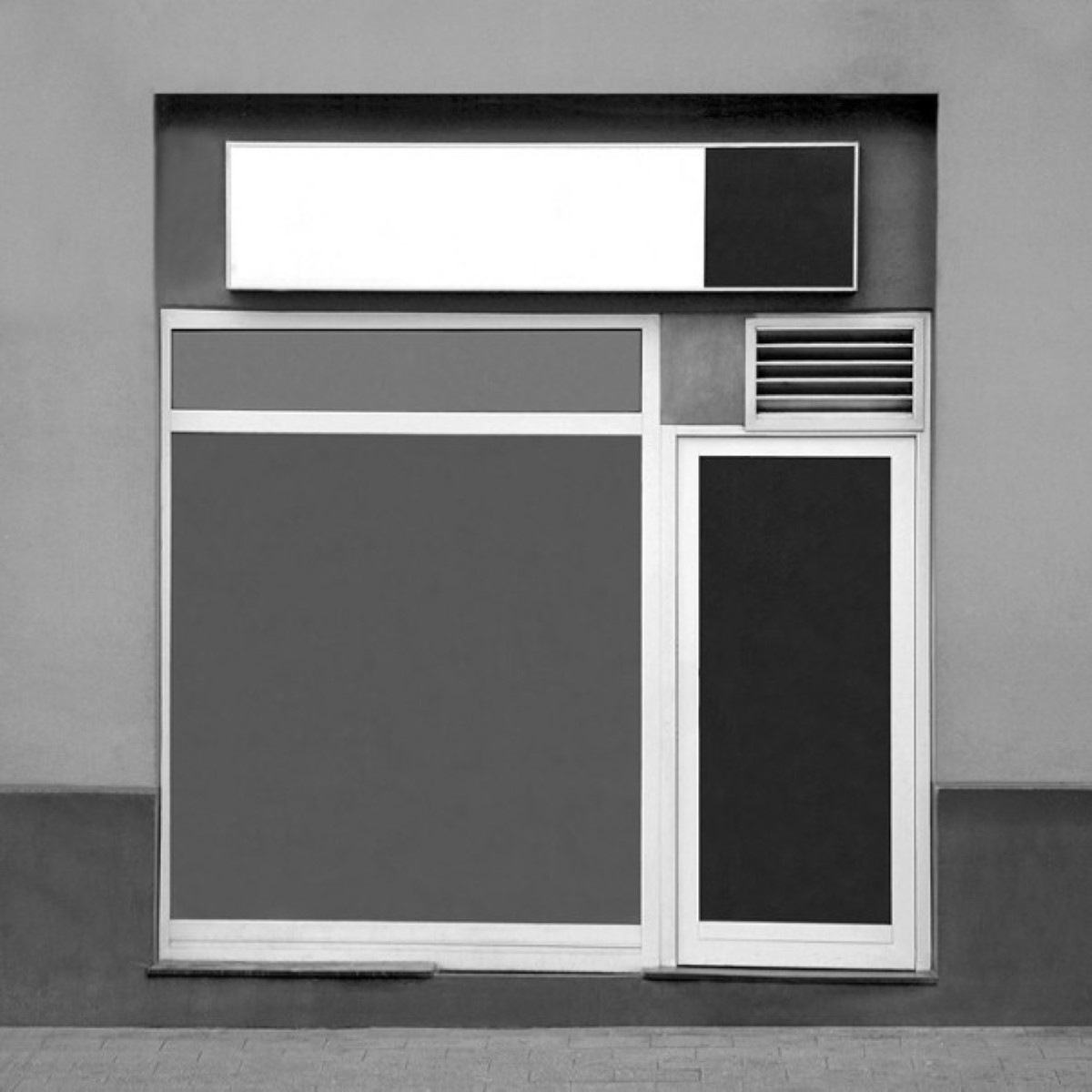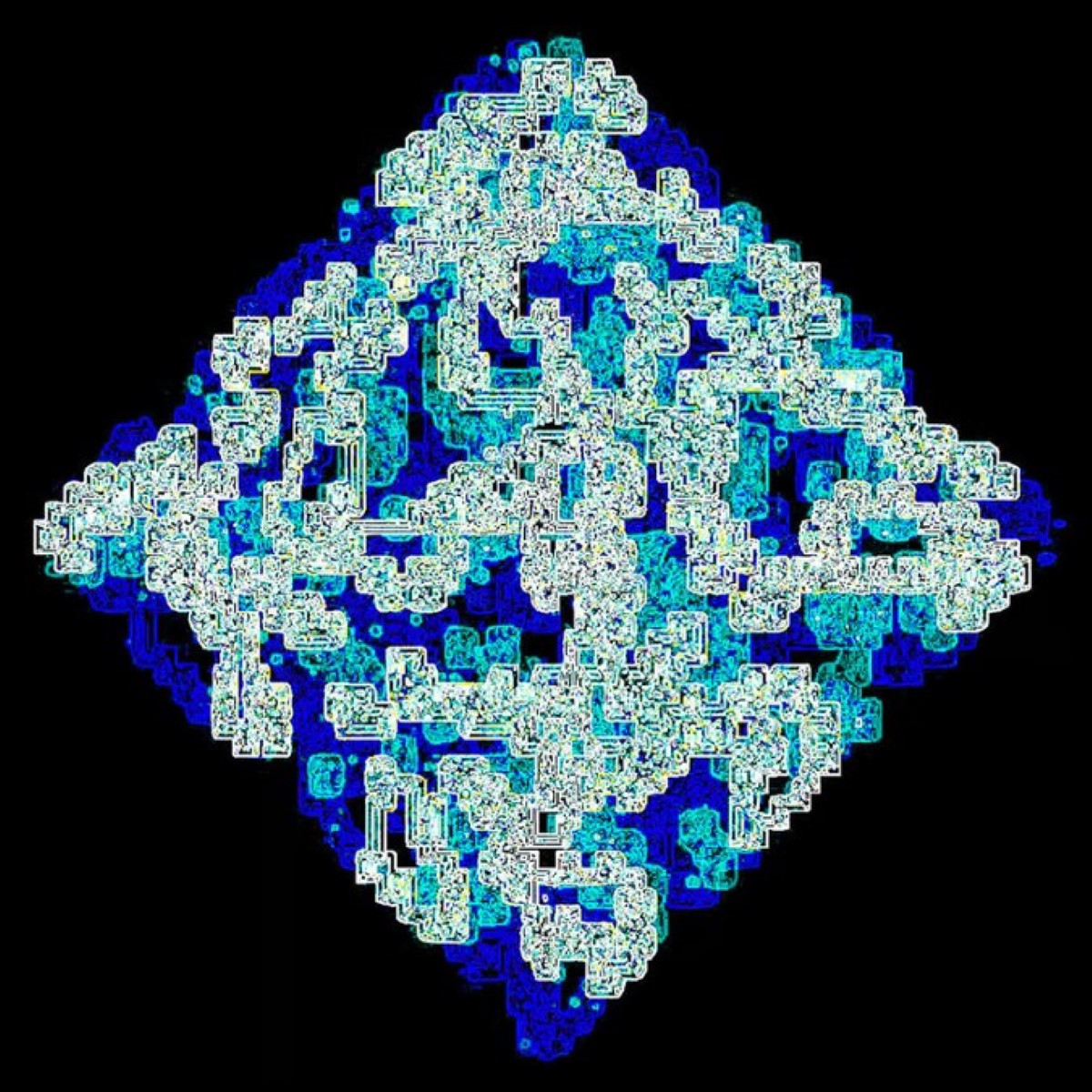Hypermodernism and the jump into Super Abstraction
Modernity was something that came basically out of France. It started with the French revolutionary wars, then the Napoleonic wars, and arrived in the mid 19th century with the Napoleon III Haussmannisation of Paris. In the process of doing that, during the complete redesigning of Paris, two great artists came forth; Baudelaire and Manet. Manet as a ‘sort’ of the first of the impressionists, although he really wasn’t an impressionist. He was a sort of father, and his friend Baudelaire.
The two men decided to get rid of all the west’s grand narratives. Anything that has to do with Greek mythology, like ‘The apotheosis of Homer’, Olympus with all the gods (1827 Jean-Auguste-Dominique Ingres). They also got rid of all the Christian narratives {15th, 16th century}.
Get rid of all of that, and just paint the city as the new-world-interior with the arcades, which were then emerging as Walter Benjamin describes in the ‘Arcades project’. They started building the arcades which soon became the retail world-interior of that time. Everything was about the new thing. You get new iconotypes, with Baudelaire’s idea of the ‘Flâneur’, the stroller, who is going through these arcades.

They painted the city at first, but with the next generation of impressionists they went out to the countryside and started examining the world as an optical object free from references to any of these older narratives. That process started modernity going.
Quite soon their depictions of space began to change, warp and flatten. The depth perspective space that was invented by ̶L̶e̶o̶n̶a̶r̶d̶o̶ {Brunelleschi} and his friends in the 15th century, was all about painting realistic perspective space, but the impressionist were the first to flatten it out. Manet started this process of flattening it out, Van Gogh turned it into a two-dimensional-self-luminous television screen. Basically all of Van Gogh’s paintings are totally self luminous, they radiate their own light.
Space warped and transformed. It moved from examining things out there to examining things in here. Things that only the mind’s eye can see. The iconotype of the hyper-dimensional object was introduced with the Cubist & Futurists.

The hyper-dimensional object is not something you can see with your five senses, because it takes up multiple spaces, multiple times and unfolds them into a single object that can only be inferred, not seen. At first it was seen as very abstract, it was hard for people to understand, but actually this became the central iconotype of modernity.

From Picasso, Braque, Juan Gris and all of these guys painting the hyper-dimensional objects. For example Balla’s (Giacomo Balla, 1912 Painting) Dog on a leach or Duchamp’s Nude Descending a Staircase (№2, 1912).
This development went on until the start of World War II. By the time WWII started, we got the atom bomb, and the explosion of matter into pure energy. It cannot possibly be a coincidence that Jackson Pollock, meanwhile out on ‘fireplace road’ (East Hampton, New York, countryside) was discovering how to dissolve objects into pure vortices of energy. Pure abstract energy.

At the same time Mark Rothko was busy in New York liquefying iconotypes, the hyper-dimensional objects [0]& Jungian archetypes [1]. Liquefying iconotypes in his paintings into his famous luminous squares, which are just semiotic absences. They are spaces that depict that there is something missing, something that used to be there. The Crucifixion used to be there, or ‘The Last Supper’ used to be there. In Modernism the hyper-dimensional object was there.
So, they are all gone now.

At exactly the same time, across the water, while Rothko was doing his semiotic absences, Jacques Derrida wrote his famous essay “Structure sign and play”. Derrida wrote: “There is now an absent ontological center at the heart of western being”. These two guys were figuring this out, totally disconnected in two totally different places at the same time.

With post-modernity going on, the art world shifted from Paris to New York. Paris did not ‘get’ contemporary art, it wasn’t something intelligible to them. They produced all the postmodern philosophy, but not the art. It was New York that produced the art, and also Dusseldorf with the Germans. The New Yorkers were simultaneously articulating what postmodern art is all about.
.
.
It’s about the disintegration of grand meta-narratives, the disintegration of forms into absences. M. has written a poetry collection called “Absences”, which refers to exactly this process of these semiotic vacancies.
“Absences lurk in every space,
Empty voids with no known trace,
A sign that's gone, a symbol lost,
Meaning drained, at such cost.
A street sign torn from its post,
A door with no handle,
A letter unread, a message ignored,
A silence profound,
a word unexplored.”
- Absences MMXXIII

Post-modernity was about liquefying and dismantling grand meta-narratives. These grand meta-narratives were looked upon with skepticism and distrust. Look where it got us, World War II, the biggest war in history, these competing historical meta-narratives. It became something frowned on. Post-modernity was an epoch of irony, of witty satirical eclecticism in art and architecture. Meaning, and the process of looking for meaning was made fun of. It wasn’t taken seriously at all.

In the 60’s the arcades of modernism were replaced by the shopping malls of post-modernity. The shopping mall became the world-interior, while technology was still all analogue. This is where hypermodernism kicks in.
The jump into Super Abstraction

In 1995 the NSF (National Science Foundation) turned the Internet (International Network) over to the public. Within 6/7 years, shopping malls started turning into rusty empty vacant ghostly hulks, rotting into the horizon. The world-interior had shifted into cyberspace, into the internet, all the technology is no longer analogue.
One by one we watched the analogue technologies go down. Analogue photography disappeared with the digital camera. Film shifted from celluloid to digitization, everything became digitized. Once this digitization process set in, we jumped into a new-world-interior [Super Abstraction].

We have a new concept of the human subject; as a de-worlded entity put into orbit around the earth at light-speed, plugged into this new-world-interior {a hyper-object}. We are all de-worlded avatars plugged into this space, locality doesn’t matter anymore. All that matters is your avatar, encouraged by a feedback loop between the self and the screen. That what used to be the self and the other, and the relationship between them.
Confronted with the face of the other you get yourself out of your feedback loop and you awaken into a relation. This interaction is gone now and replaced by the screen. The screen is basically an electronic mirror. What the other turns out is simply your image re-turned back to you.

Hypermodernism and the jump into Super Abstraction {Swapping signifiers, a [superabstract] approach with J. the II, drawn on the ideas of Jean the I}, all notes are linked {integrated} into the text. Triple-A Society, M. Production © 9.2019